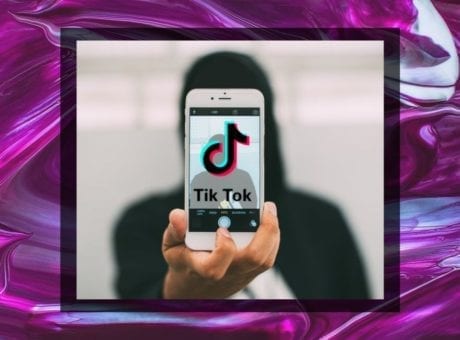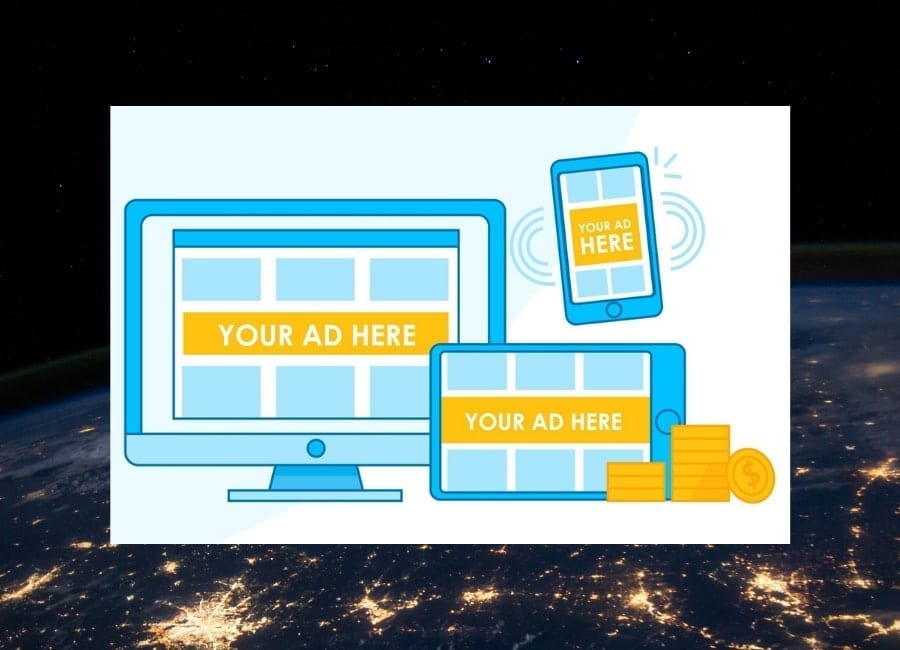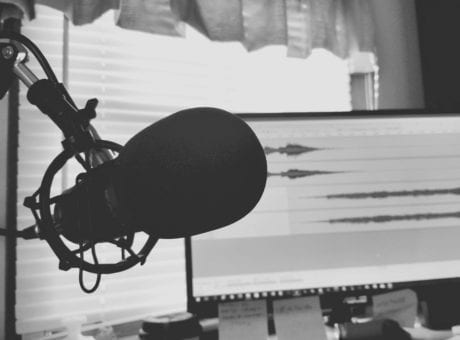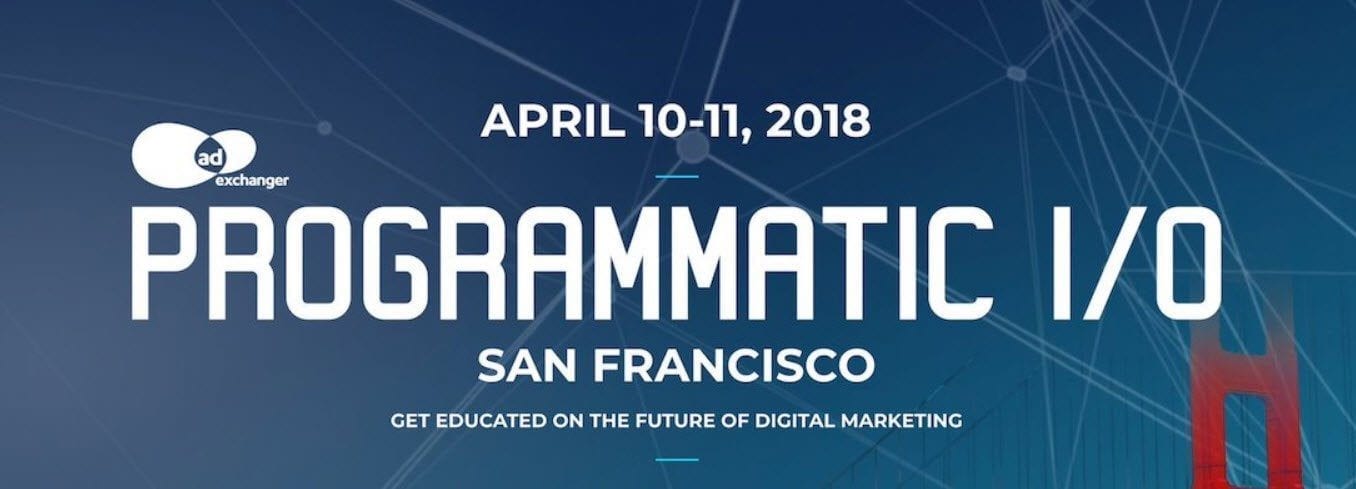More Than Memes: TikTok Ups Its Teen-Targeted Advertising With Programmatic Ads
TikTok has only been around a few short years, but it's been hailed both as the new Vine and the next Instagram. Amassing over 500 million active monthly users in 2018, and passing 1 billion installs earlier this year, the app is positioned as a somewhat major player in both influencer marketing and programmatic advertising.
ReadThe Top Industries Buying Programmatic Ads
Nearly 90 percent of US digital ads will be placed programmatically in 2021. But what are the top industries buying programmatic ads now? MediaRadar found that just four industries account for over half (54 percent) of all dollars spent on programmatic ads.
ReadThe Top Advertisers Growing Their Programmatic Spend 2018-2019
Programmatic ad spend has increased by over 40 percent between 2018 and the first half of 2019. MediaRadar takes a look at which top programmatic advertisers of 2018 are increasing their 2019 spending the most.
Read3 New Initiatives Taking Programmatic Advertising Higher
MediaRadar dives into three distinct developments that promise to take programmatic advertising to new heights.
Read2019 Prediction: Big Year for Audio
For many years, we would hear "This is the year of mobile." From the first half (1H) of 2017 to the first half of 2018, mobile advertising did increase 42%, noted an IAB Internet Ad Revenue report conducted by PWC. By 2021, mobile video is expected to reach approximately $16.2 billion. Snapchat, the messaging and social media app, recognized the potential of this medium and capitalized on the expanding market. But, that doesn't seem to be what advertisers are focused on today. According to them, this is "the year of audio." Find out why now!
Read2019 Media Predictions: Amazon Advertising Will Succeed This Year
These 2019 media predictions surrounding Amazon advertising come from Todd Krizelman, CEO and Co-Founder of MediaRadar.
Read3 Takeaways from Programmatic IO April 2018
AdExchanger's Programmatic I/O is the world's largest gathering of the data-driven marketing ecosystem. It is a semi-annual event, and this time around, was held in San Francisco on April 10th and 11th, as nearly 3000 professionals and experts shared stories and insights about their experiences with programmatic media and advertising, from both the buyer and seller-side of the equation.
ReadEmerging Trends in Advertising: Programmatic Audio Advertising
As any ad sales or ad tech professional knows, the demand for programmatic ad inventory has been rising on a number of different platforms. And with Pandora's most recent news, it's evident that audio platforms are now taking full advantage of the process, as well. Pandora will now, for the first time, offer a private marketplace (PMP) for programmatic audio advertising, something that many considered a long-time coming. While, the audio industry does not always receive the same amount of coverage as other formats in relations to programmatic advertising, Pandora's full buy-in could change that.
ReadBrand Safety: What is the Agency Telling Your Client?
In 2017, many questions arose regarding advertisers and the content they're surrounded with. Some brands saw their ads running alongside unsavory content, and so the discussion of brand safety in programmatic advertising began to gain much more traction.
Read








